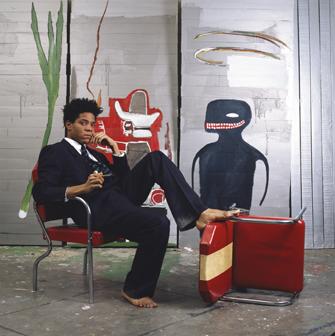Exhibitions
Dr. Jones has worked as a curator for over three decades. Learn more about her exhibitions below.
Witness: Art and Civil Rights in the Sixties
MARCH 7–JULY 13, 2014
Witness: Art and Civil Rights in the Sixties offers a focused look at painting, sculpture, graphics, and photography from a decade defined by social protest and American race relations. In observance of the fiftieth anniversary of the Civil Rights Act of 1964, this exhibition considers how sixty-six of the decade’s artists, including African Americans and some of their white, Latino, Asian American, Native American, and Caribbean contemporaries, used wide-ranging aesthetic approaches to address the struggle for racial justice.
Now Dig This!
The exhibition Now Dig This! Art and Black Los Angeles, 1960-1980 chronicled the vital legacy of the city's African American artists. The work of these practitioners was animated to an extent by the civil rights and Black Power movements, reflecting the changing sense of what constituted African American identity and American culture. The power of the black community strengthened nationwide as racial discrimination began to lessen as a result of new legislation and changing social norms. As there were plentiful opportunities for African Americans to make a livelihood in Southern California, Los Angeles soon had a substantial black population, and social, political, and economic changes drew transplants from around the country. Galvanized by these transformations, black artists worked to form a cultural community that became an important part of the city's thriving arts scene.
Energy/Experimentation: Black Artists and Abstraction 1964–1980
Energy/Experimentation presented a freewheeling visual experience that went a long way towards expanding our understanding and appreciation of Late Modernism as well as the fraught intersection of politics and abstraction by focusing on a small group of important black practitioners.
The exhibition made plain the fact that the most engaging art is always made in dialogue with the art of its time. The 15 artists included represent one of the first substantive groups of black artists to enter the mainstream from art school. As such, they were both art professionals and self-elected members of the avant-garde who could rightfully expect a certain level of visibility. And yet, as abstract artists working in middle of the Civil Rights Movement, their public position was nearly untenable.



